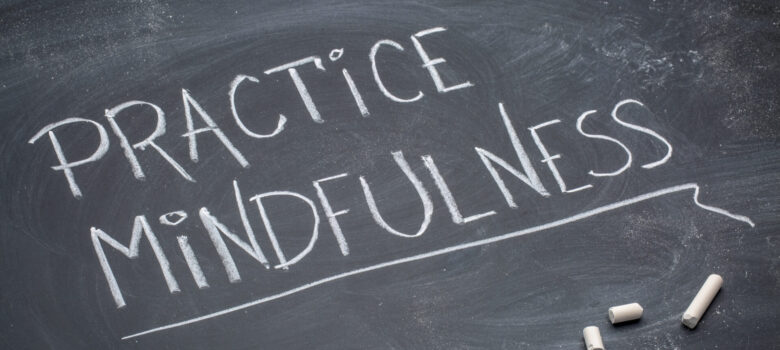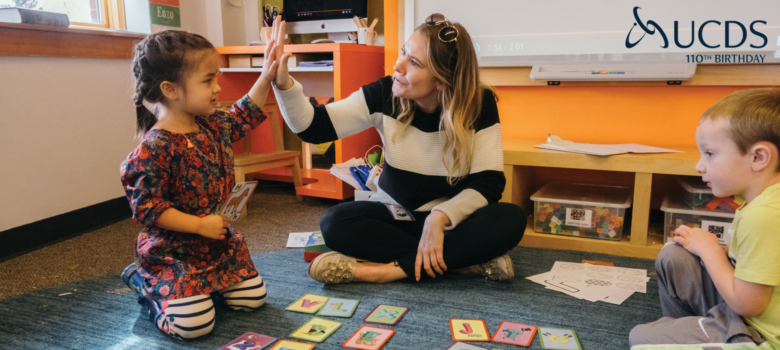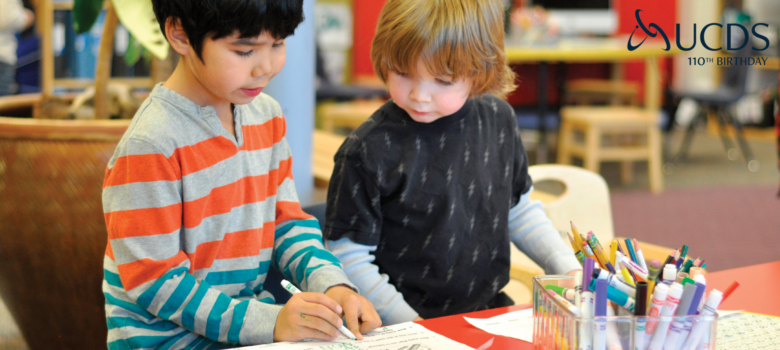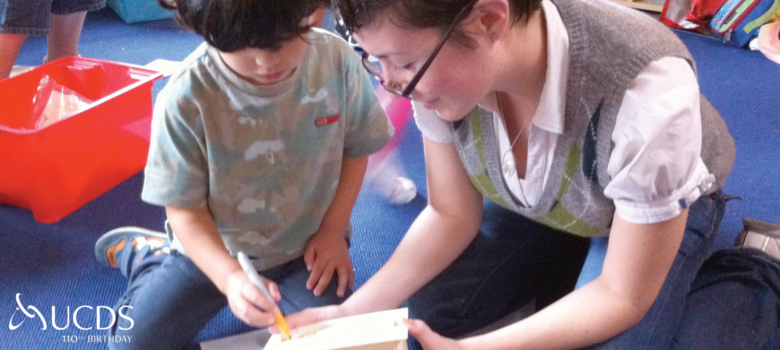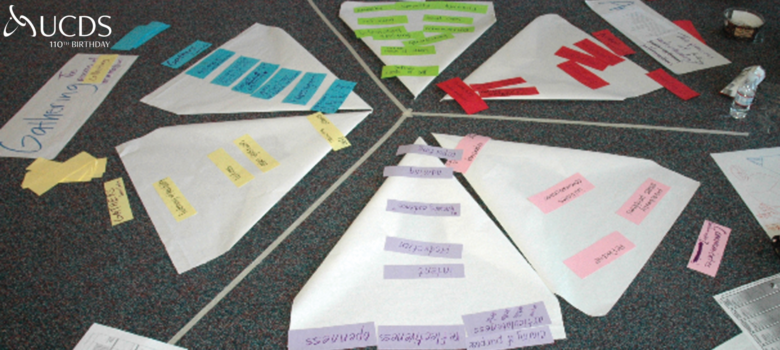by Jenny Chen, 3-4 Teacher
Maintaining a meditation practice has been enormously nourishing for me during these trying times. Initially, I intended to incorporate periods throughout the workday to recenter in private. When a coworker, however, mentioned breathing during class one day, we ended up mindfully breathing, 20 of us altogether.
It went something like this:
In,
One.
Two.
Three.
Four.
Hold: two, three, four.
And out,
Two.
Three.
Four.
Five.
Six.
Cycling through about five times, one hand on chest, one hand on belly made for an illuminating experience. For five minutes, we were tasked with noticing which hand moved more, which breath was warmer, which cooler. There was this strong stillness and silence that ensued in our Zoom classroom, a signal I registered as focussed attention, or “presence,” as it is referred to in the mindfulness community.
Salient from our five-minute practice was the immediate result. We employed mindful breathing to segue into writing, where we were to explore identity. Closing the practice and opening our eyes, we proceeded to respond on paper to the prompt “I am.” On the Zoom screen, synchrony of students engage with the task, flipping pages and penning descriptions. As an educator in my early years of teaching, a lesson I’ve learned is to gauge a class by a “felt sense” (some might say “subjective” sense) of participation; this moment I felt most, if not all, students wrote with seriousness for their work.
For those intrigued, science supports the findings too. In an extensive blog post for Positive Psychology, titled “25 Fun Mindfulness Activities for Children and Teenagers,” researcher and author Courtney E. Ackerman supplements her list of mindful activities for young people with supportive studies. Among the benefits are greater concentration and a sense of well-being.
Even without the evidence, one can intuit how the practice pays dividends—for one, mindfulness instructs the child to focus on a singular thing, be it breath or object, for a designated period of time. When distracted, be aware. Mindfulness also enables the child to “sense” their body, whether they’re breathing too fast, too slow, thereby allowing them to self-calibrate. Like an attuned actor, the mindful student learns to sync up somatically.
Since our first mindfulness exercise, we have continued and varied our practice. Some minutes are spent on breath, others on movement. What’s next on our class mindful activity list? Pass-the-imaginary-cup is an idea (you can find the tutorial here), where kids pass an imaginary cup brimming with water slowly and carefully to a classmate on Zoom. I might do this with an actual cup filled with water, to enhance the sensations of weight, feel, and color of the cup. If you think this sounds like fun, we’re in the same boat! That’s also to say, mindfulness doesn’t have to be achieved alone or in stillness—it can be practiced playfully, with others, though always with attention focused on the present moment.
Ackerman offers 25 mindful exercises, filtered by age, group, and interest. If curious, she also includes countless resources for whether you are an educator, parent, caregiver, or kid! I would recommend taking a look.

